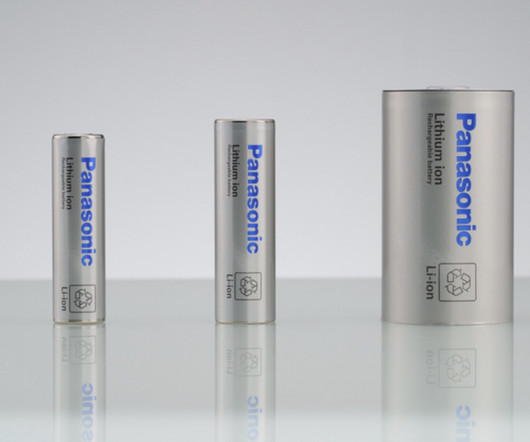WUSTL researchers demonstrate solar-panel-powered microbial electrosynthesis to produce n-butanol from light, CO2 and power
Green Car Congress
NOVEMBER 8, 2021
Researchers at Washington University in St. To the best of our knowledge, this study represents the first attempt for biofuel production using a solar panel-powered microbial electrosynthesis platform, where carbon dioxide is directly converted to liquid fuel. 2021) “n-Butanol production by Rhodopseudomonas palustris TIE-1.”






































Let's personalize your content